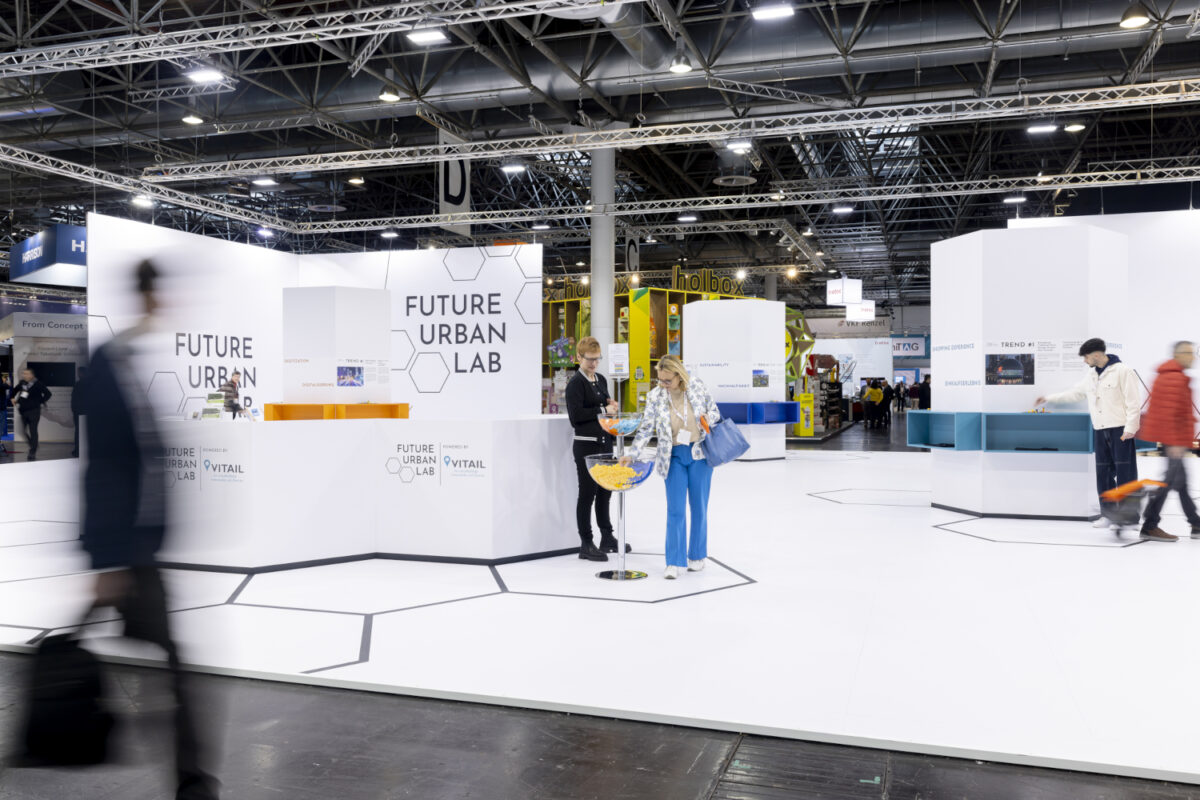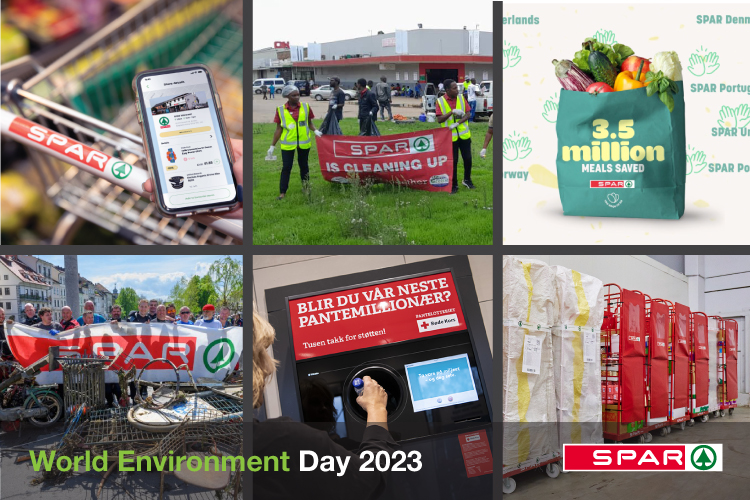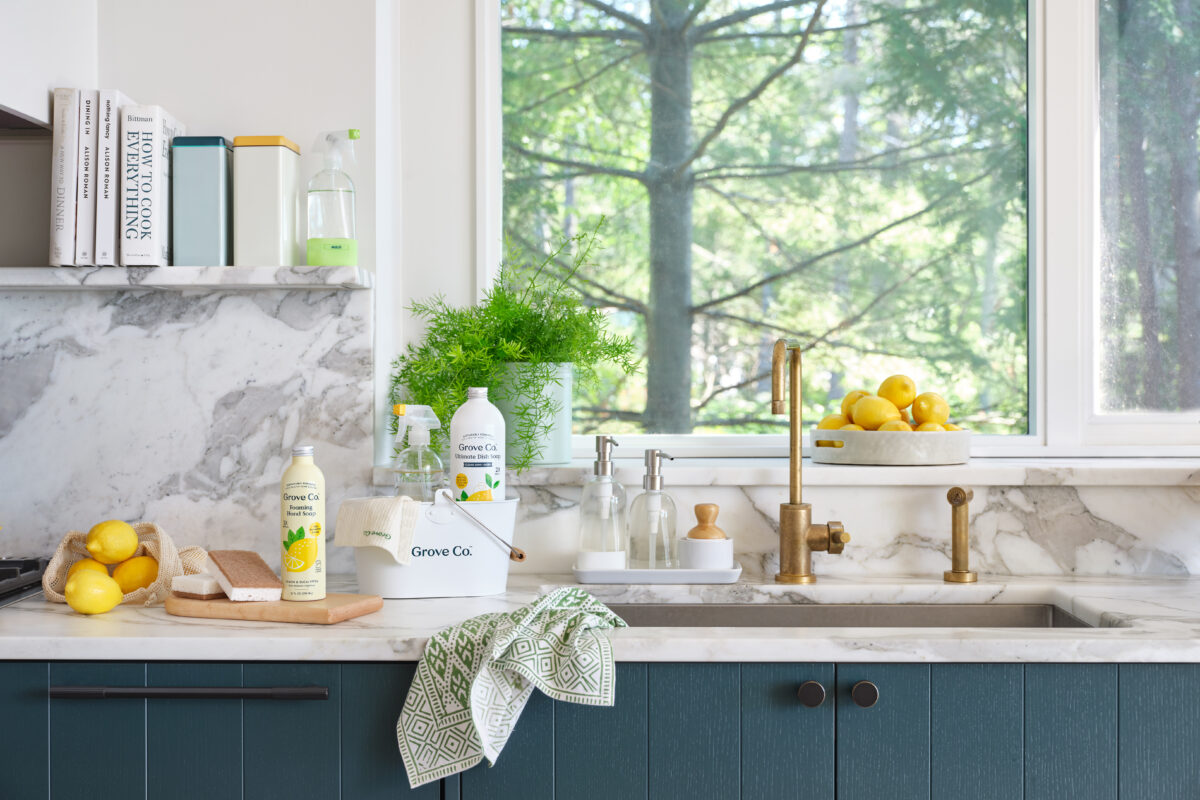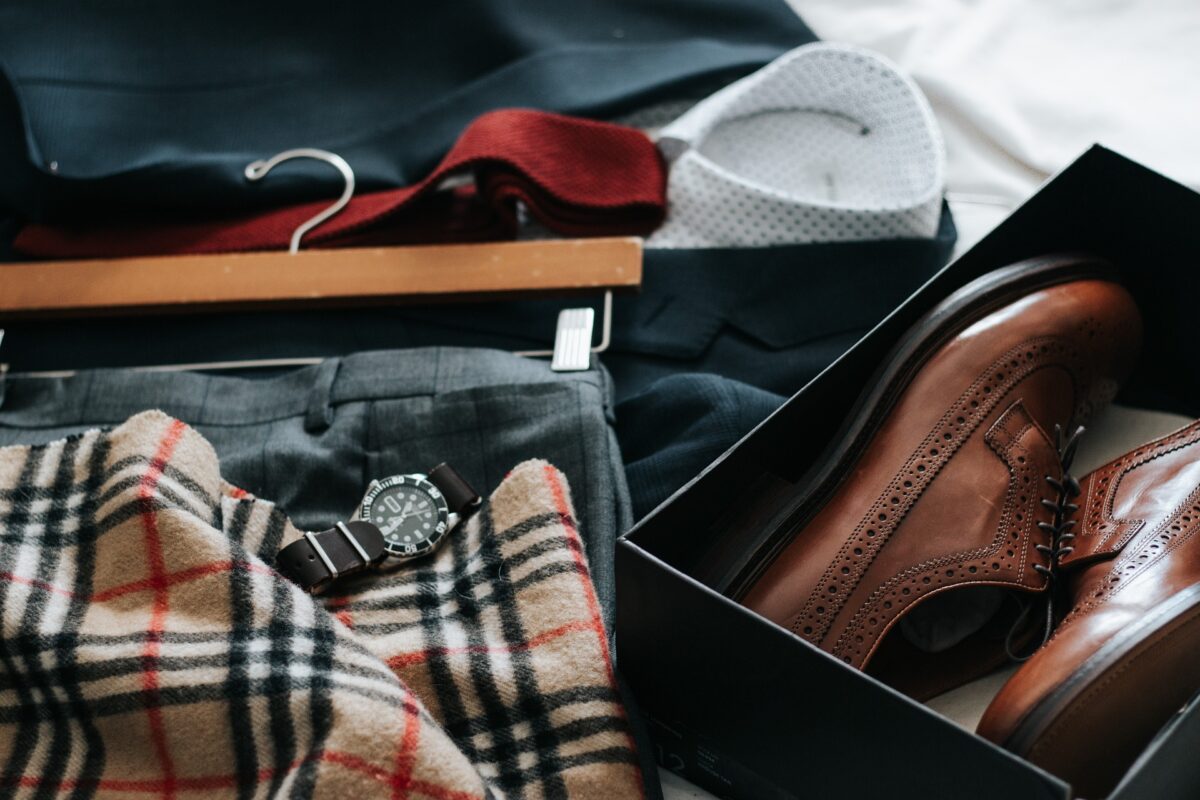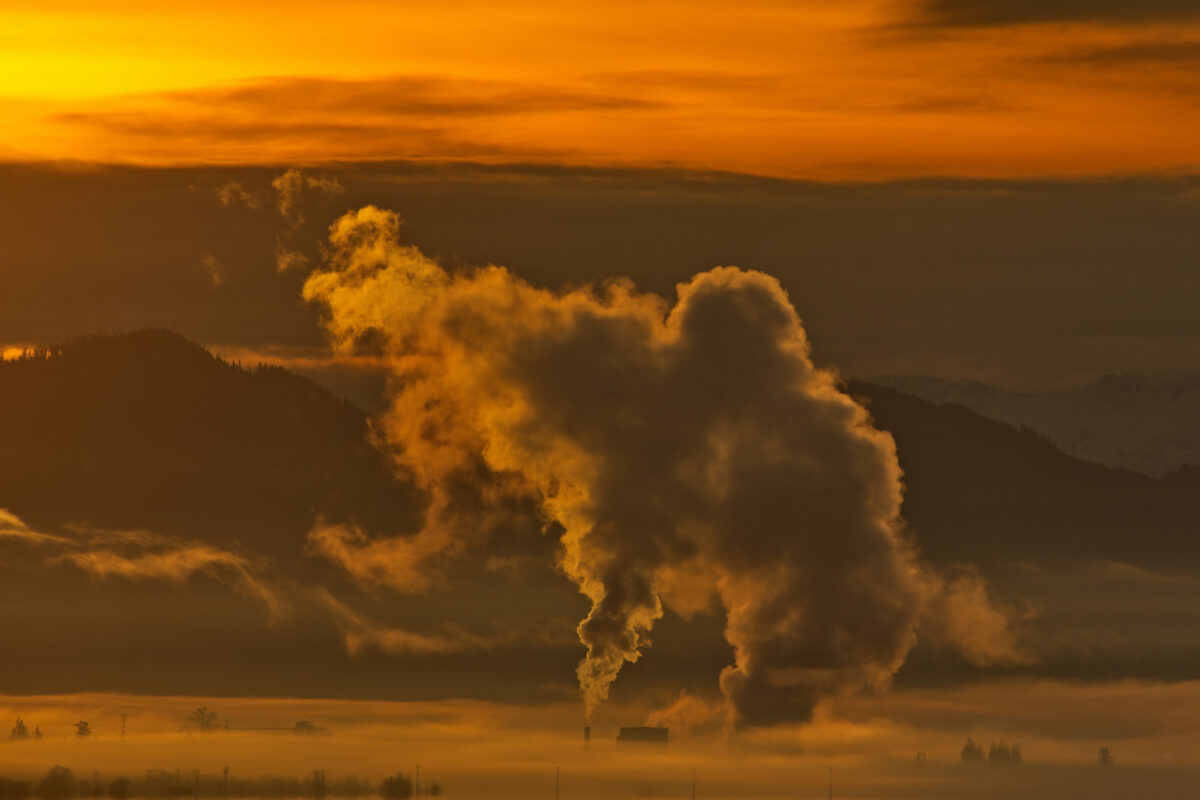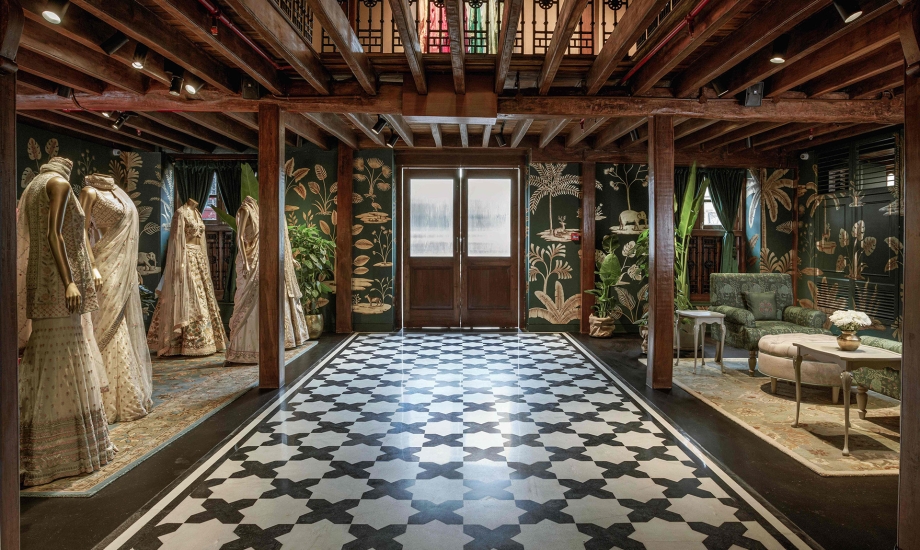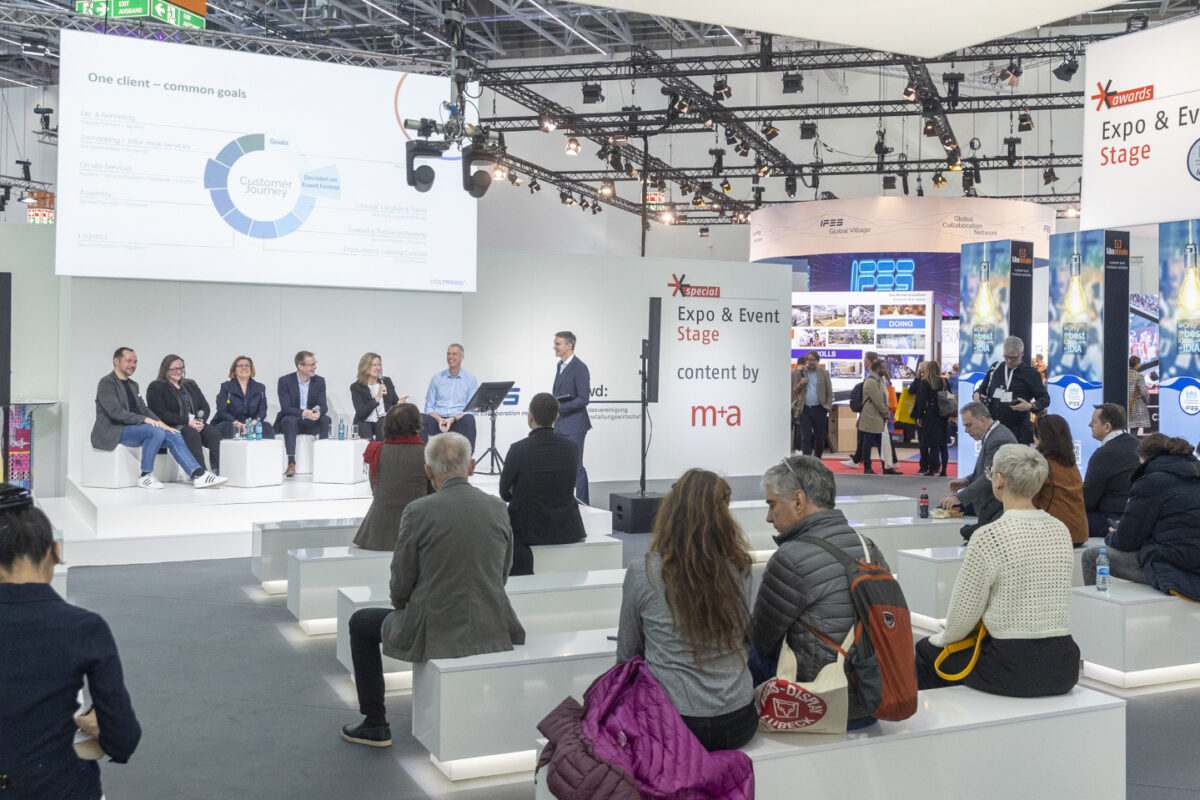The world of trade shows is full of solutions for a resource-saving expo presence
by Jennifer Meyer (exclusively for EuroShop.mag)
The harbingers of climate change make it clear: trade show construction also needs to become more resource-efficient and environmentally friendly. In this context, the circular economy is becoming increasingly important. A concept that promises not only more efficient use of resources, but also a reduction in waste. Inspiring projects show how this is already being implemented today.
“We have a major common challenge: We must limit global warming to 1.5 degrees in the coming years. And for that to happen at all, we need to avoid emissions and reduce resource consumption. To do this, we need determination, we need innovations and we need networking,” insists Andrea Eppert – Head of Corporate Social Responsibility at Messe Düsseldorf. Trade shows can make an important contribution here, as they are a place where ideas are exchanged, where networks are created, and where new technologies and innovations are presented.
At the same time, they generate emissions themselves and consume many resources. Messe Düsseldorf has therefore set itself the goal of holding events as sustainably as possible and keeping consumption as low as possible. “To this end, we ourselves have been implementing various measures for many years. For example, we run our grounds on green electricity,” says Andrea Eppert. “But our influence alone is limited.”
When it comes to sustainable trade fair appearances, every step counts. That’s why Messe Düsseldorf is working on reducing resource consumption and promoting more sustainable trade fair appearances.
Conventional trade show construction is based on a linear economy: Materials are produced for one-time use, utilized at the trade show, and then disposed of. This approach is not only costly, but also resource-intensive and pollutes the environment. To address this issue, more and more companies are turning to the ideas of the circular economy: instead of throwing resources away after one-time use, they are returned to the cycle and reused.
Recycling: reuse of materials
A key principle of the circular economy is minimizing waste. In trade show construction, this means designing and selecting materials so that they can be easily reused or recycled after the event.
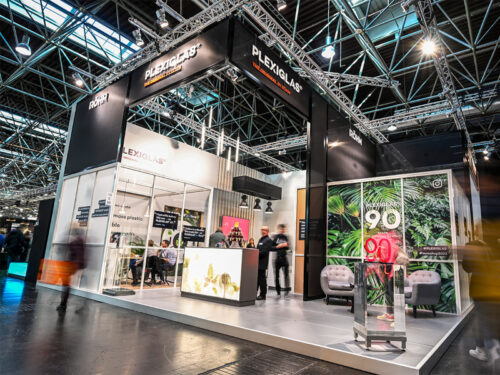
© Röhm GmbH
At EuroShop 2023, for example, Röhm presented solutions for sustainable store and trade show construction. For example, Röhm’s PLEXIGLAS® acrylic glass is 100 percent recyclable in line with the circular economy. Regranulation produces PLEXIGLAS® proTerra solid sheets, multi-skin sheets and corrugated sheets with up to 90 percent recycled content. The quality of these sheets is as high as that of virgin material. This means that a resource-saving, high-quality and durable plastic is available for store fittings or new exhibition booths. Wood and other natural-looking materials are currently the trend in design concepts for stores and trade show booths. However, glossy and transparent surfaces are still in demand, especially for the presentation of goods in the beauty segment and other high-quality brand products, so sustainable plastic variants have great value.
Modular systems for trade show and stand construction
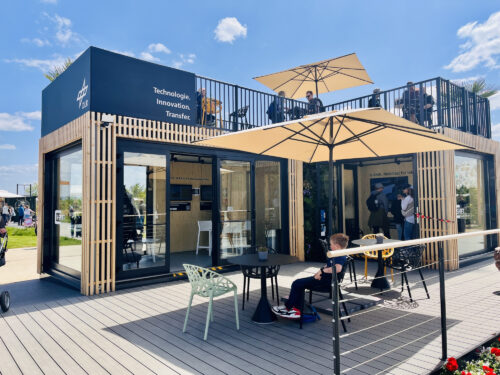
A pavilion by Adapteo at the 2023 Bundesgartenschau 2023 in Mannheim.
© Adapteo
Another approach to making trade shows more sustainable: the use of modular systems in which individual elements can be flexibly reused. The focus is on creating spaces that can be used multiple times and flexibly adapted to different requirements and exhibition venues. One company that does just that is Adapteo from Neu-Isenburg. The modular construction provider creates groundbreaking solutions for trade fair construction with flexible trade fair containers. “Our trade fair pavilions are designed according to a modular principle. They form the basis for economical solutions and are quickly assembled and dismantled. The comfortable exhibition facilities with up to three floors offer plenty of space for an individual appearance,” says Frederik Illing, managing director of Adapteo GmbH. Panoramic windows, kitchens, storage, areas for networking and exhibiting, air conditioning, acoustic ceilings, roof terraces – the trade fair containers can fulfill many wishes and become a real eye-catcher.
But the team at Adapteo is committed to more than appealing looks: the modular construction provider wants to produce climate-friendly buildings. When possible, Adapteo therefore already chooses renewable or recyclable materials and reduces the use of unprocessed, limited and fossil materials. The company’s goal by 2030: use only materials that are 100 percent sustainable. In addition, Adapteo wants to produce their goods climate-neutrally and transport fossil-free by then.
Rental furniture from plastic waste
Another important aspect is the increasing importance of rental furniture. Instead of equipping every trade show booth with new furniture, companies are increasingly relying on the principle of sharing and renting. This enables efficient use of resources. One company that specializes in rental furniture for events is JMT. Its range currently includes a chair from a very special furniture collection: Plastic Whale Circular Furniture. This collection was produced by the first professional plastic fishing company Plastic Whale in cooperation with furniture manufacturer Vepa. Meeting table, chair, lamps and acoustic wall panels are made from plastic that previously floated as garbage in the canals of Amsterdam. Thus, two principles of the circular economy are combined here: multiple use and recycling of supposedly worthless waste.
A brief look at the world of trade show construction shows that there are already many solutions for making trade shows more resource-efficient. They just need to be used by more exhibitors in the future. “Every step counts. It doesn’t have to be the 100 percent solution right from the start,” says Andrea Eppert. “We ourselves are also still a long way from perfect. But we want to set out together.”







